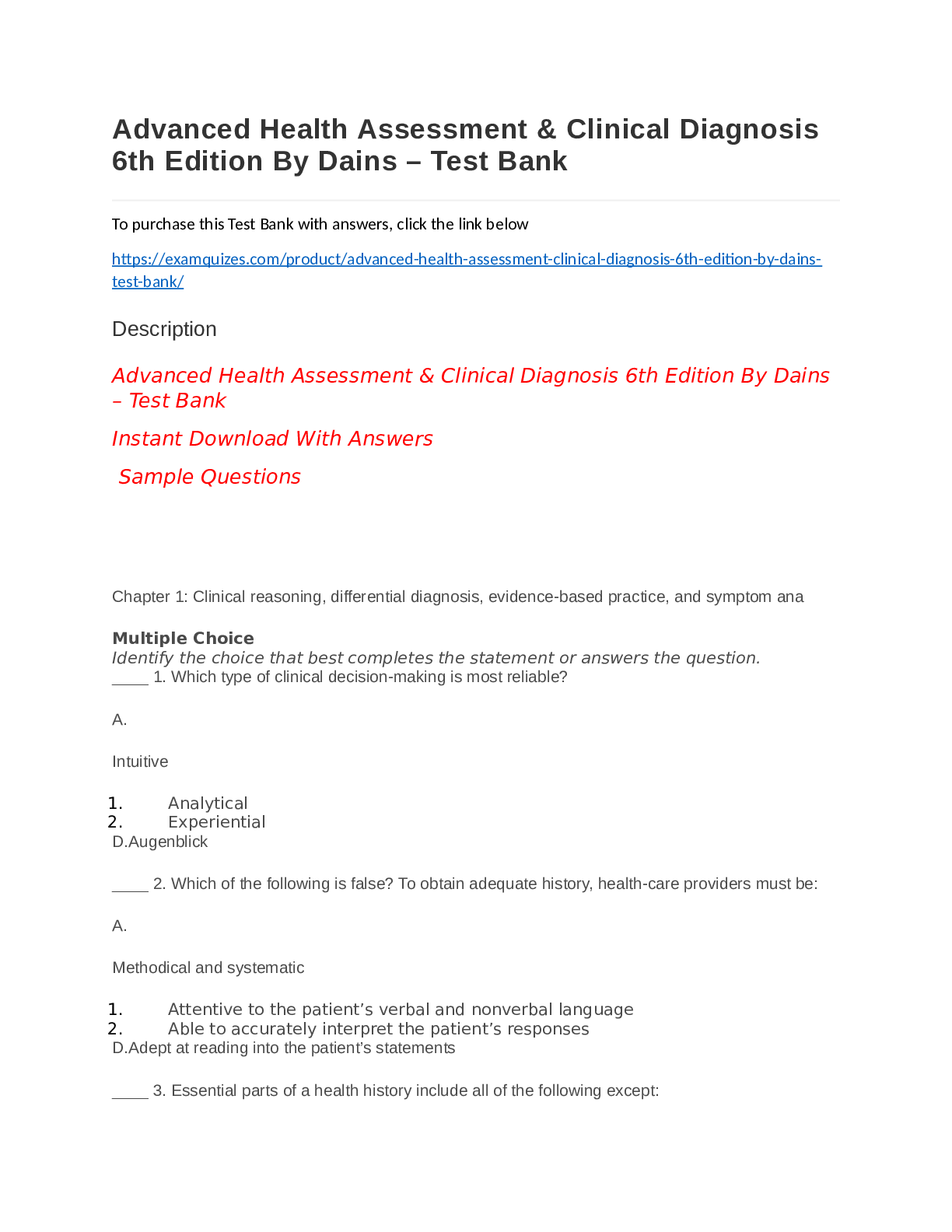*NURSING > QUESTIONS & ANSWERS > Fundamentals Nursing Active Learning 1st Edition Yoost Crawford – Test Bank (All)
Fundamentals Nursing Active Learning 1st Edition Yoost Crawford – Test Bank
Document Content and Description Below
1. The nurse is caring for an adult patient with a recent below-the-knee amputation. During shift report, the nurse reports that the patient has urinated in the bed multiple times since the surgery. W... hich defense mechanism best describes this behavior? a. compensation b. denial c. rationalization d. regression 2. A female patient is admitted to the emergency department after being raped by a neighbor. The patient refuses to discuss the circumstances surrounding the event with the sexual assault nurse examiner. This patient is most likely using the defense mechanism of: a. suppression b. sublimation c. displacement d. rationalization 3. A patient calls the nurse to report the smell of cigarette smoke in the bathroom. The event which triggers this communication process is referred to as the: a. channel. b. referent. c. message. d. feedback. 4. The nurse manager sends an e-mail to the nursing staff as a reminder for a scheduled monthly meeting. In doing so, the nurse manager understands that e-mail: a. is usually slower than other methods to disseminate knowledge. b. has the potential for miscommunication. c. cannot be used to deliver vital information. d. is especially effective because of the use of nonverbal cues. 5. The nursing student has been assigned to help feed patients at lunch time. Which of these nursing interventions would be most effective when assisting a blind patient to eat a meal? a. Speak loudly to ensure that the patient understands. b. Describe the food arrangement using the numbers on a clock. c. Tell the patient what is on the plate, assuming he has lost the sense of smell. d. Encourage the patient to eat faster so that the task will be done. 6. The nurse observes a confused patient pacing back and forth in the dining room. The patient yells, “The doctor is going to make us all drink poison!” The most appropriate intervention at this time would be to: a. ask the patient why he would say something like that. b. change the subject to disrupt the patient’s thought process. c. tell the patient that he should probably think of something else. d. quietly ask the patient to explain the statement. 7. A patient with an inoperable brain tumor says to the nurse, “I just want to die now. It’s going to happen soon anyway.” Which of the following would be the most appropriate response? a. “Don’t worry about that right now. It’ll be OK.” b. “I disagree with what you just said!” c. “Honey, now don’t you talk like that.” d. “Tell me why you are saying that.” 8. The nurse is caring for a patient with chronic lung disease. The patient demands a cigarette after eating breakfast. The nurse responds, “If that was me, I wouldn’t be asking for a cigarette. That is what has made you so sick in the first place.” This nontherapeutic communication response is an example of: a. changing the subject. b. giving advice. c. a stereotypical response. d. defensiveness. [Show More]
Last updated: 2 years ago
Preview 1 out of 32 pages
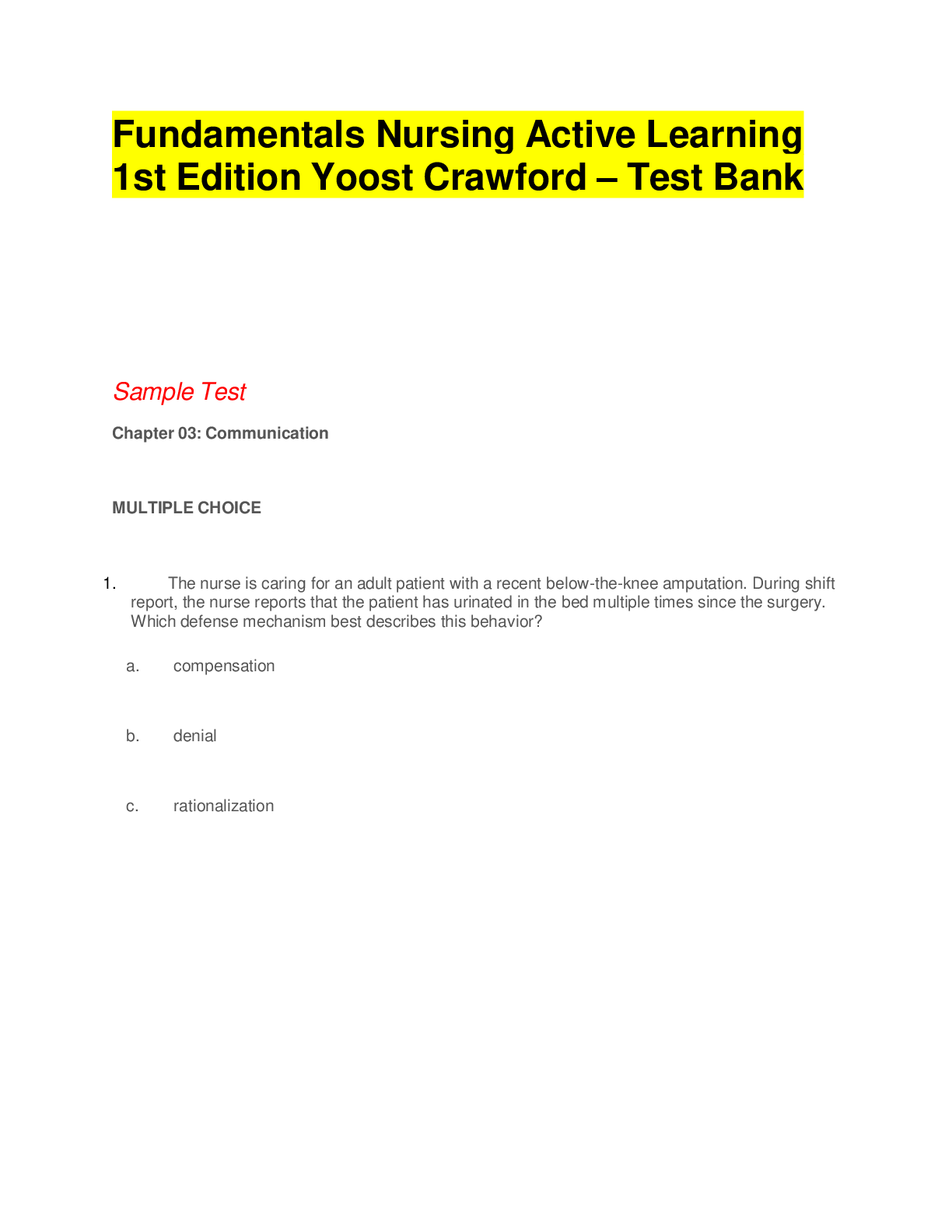
Buy this document to get the full access instantly
Instant Download Access after purchase
Buy NowInstant download
We Accept:

Reviews( 0 )
$11.00
Can't find what you want? Try our AI powered Search
Document information
Connected school, study & course
About the document
Uploaded On
Jul 21, 2022
Number of pages
32
Written in
Additional information
This document has been written for:
Uploaded
Jul 21, 2022
Downloads
0
Views
41

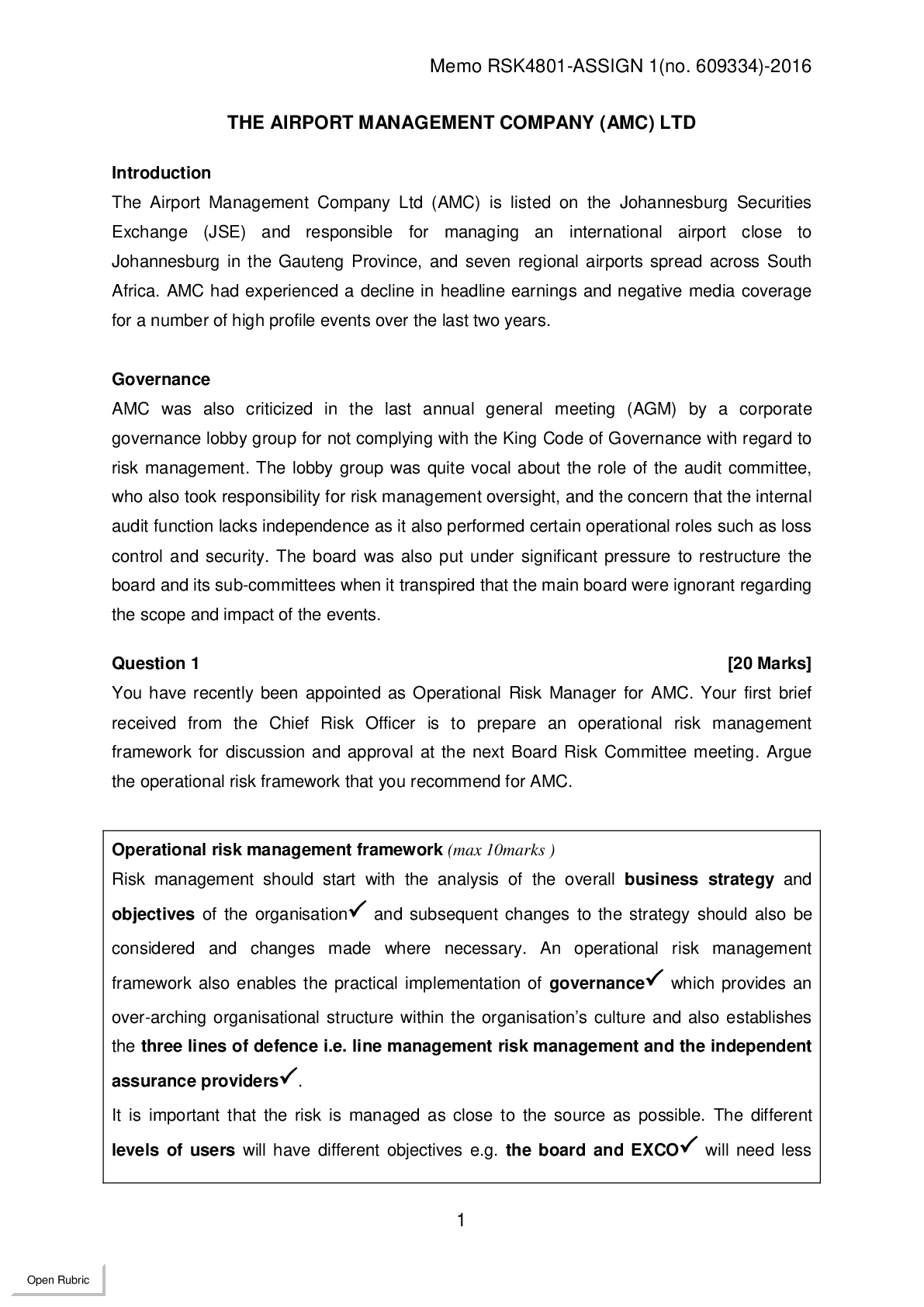


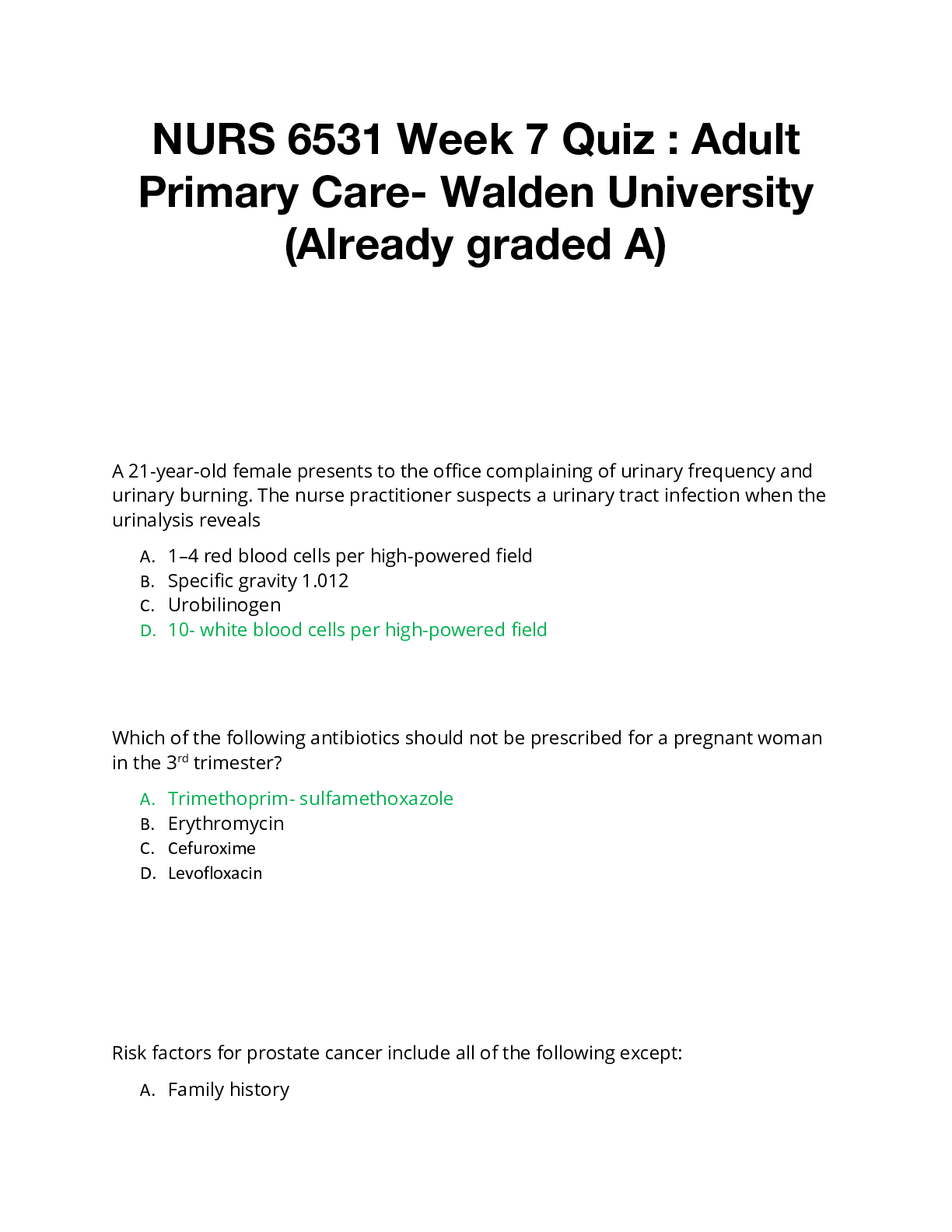

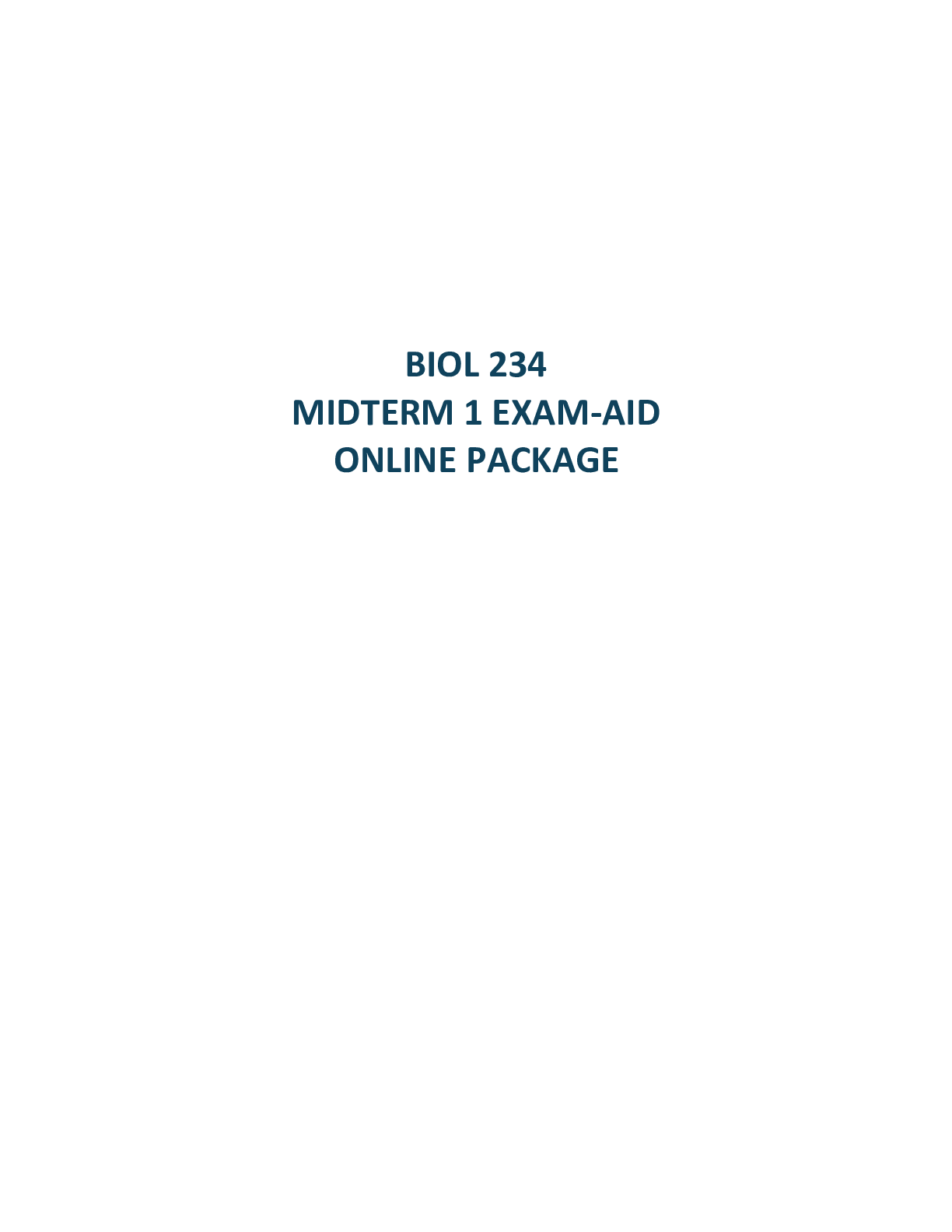




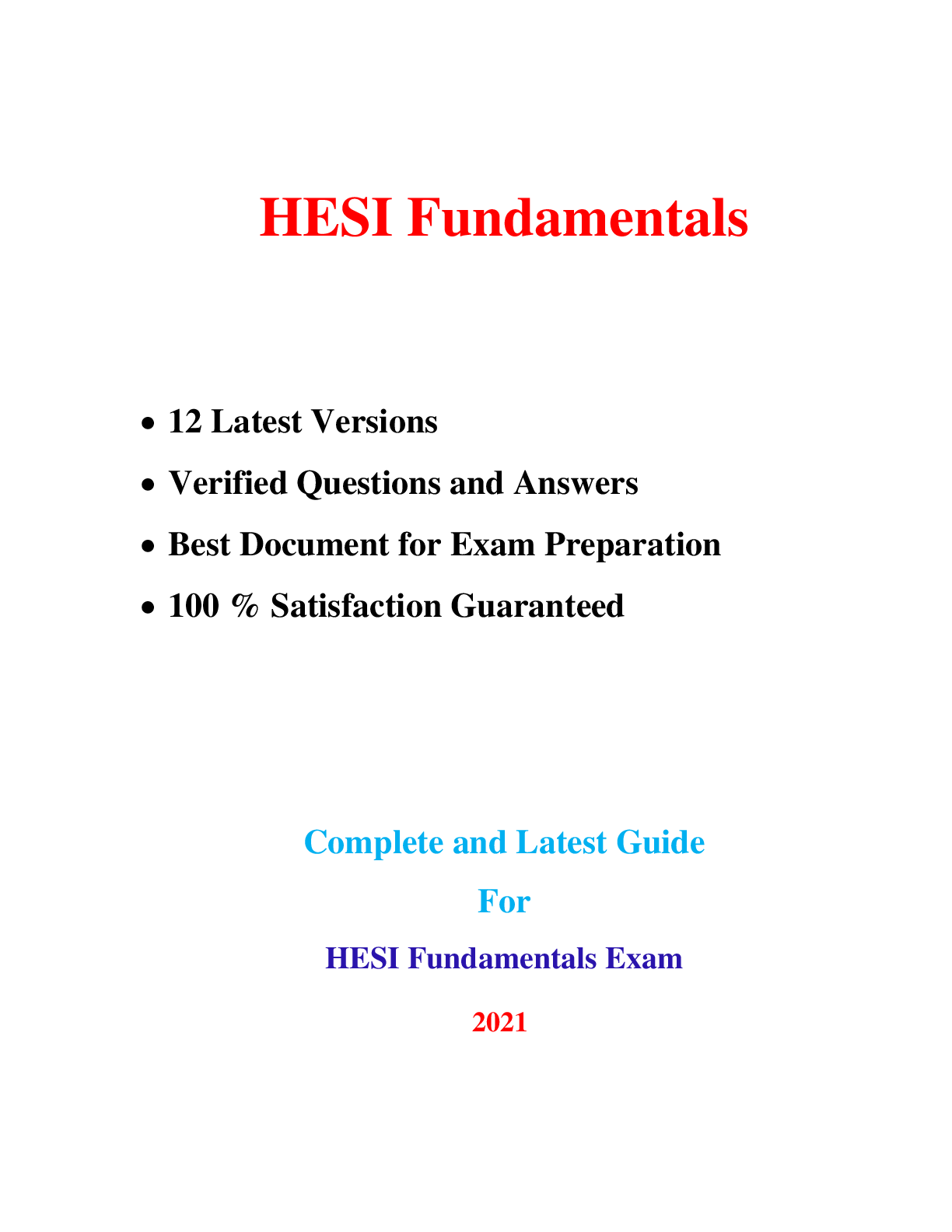
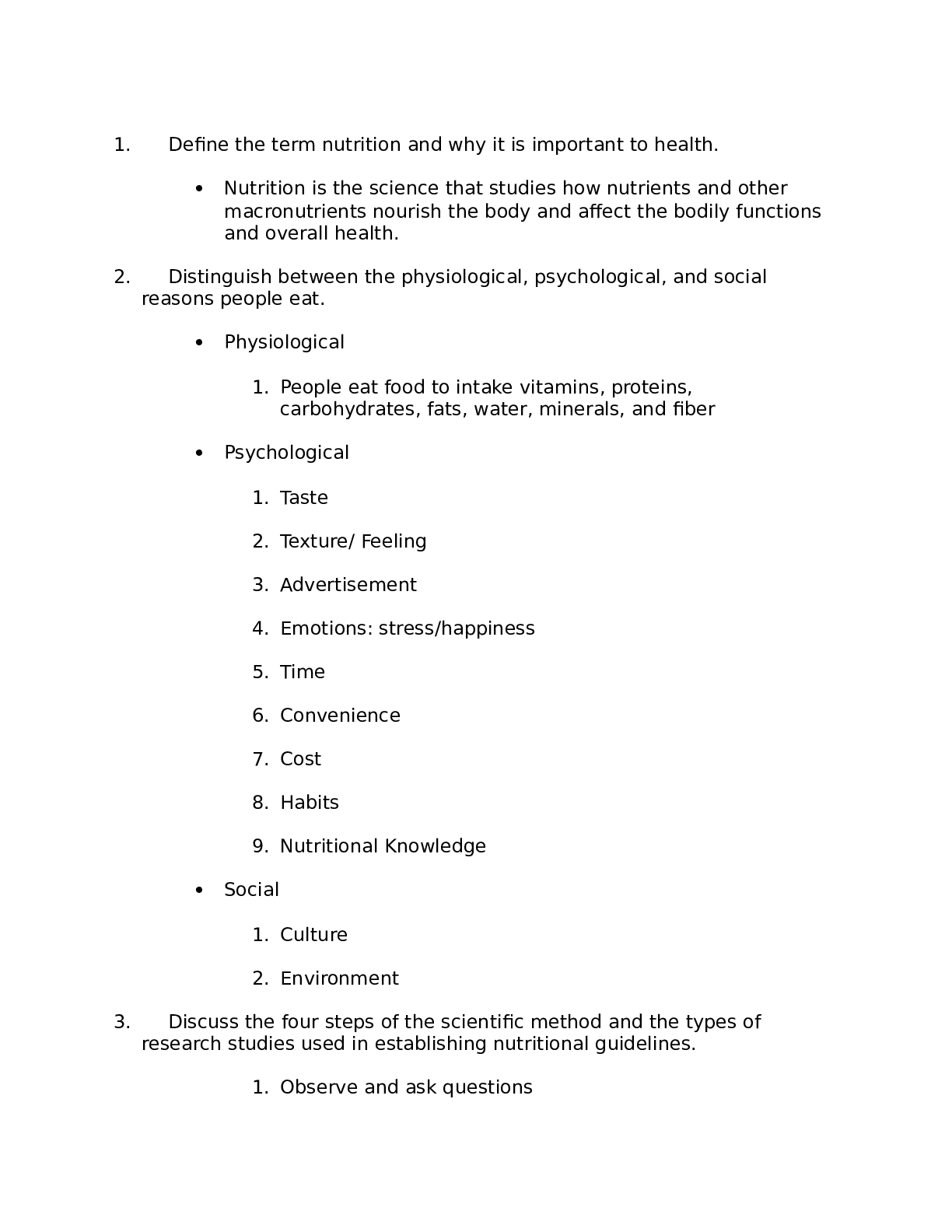
.png)

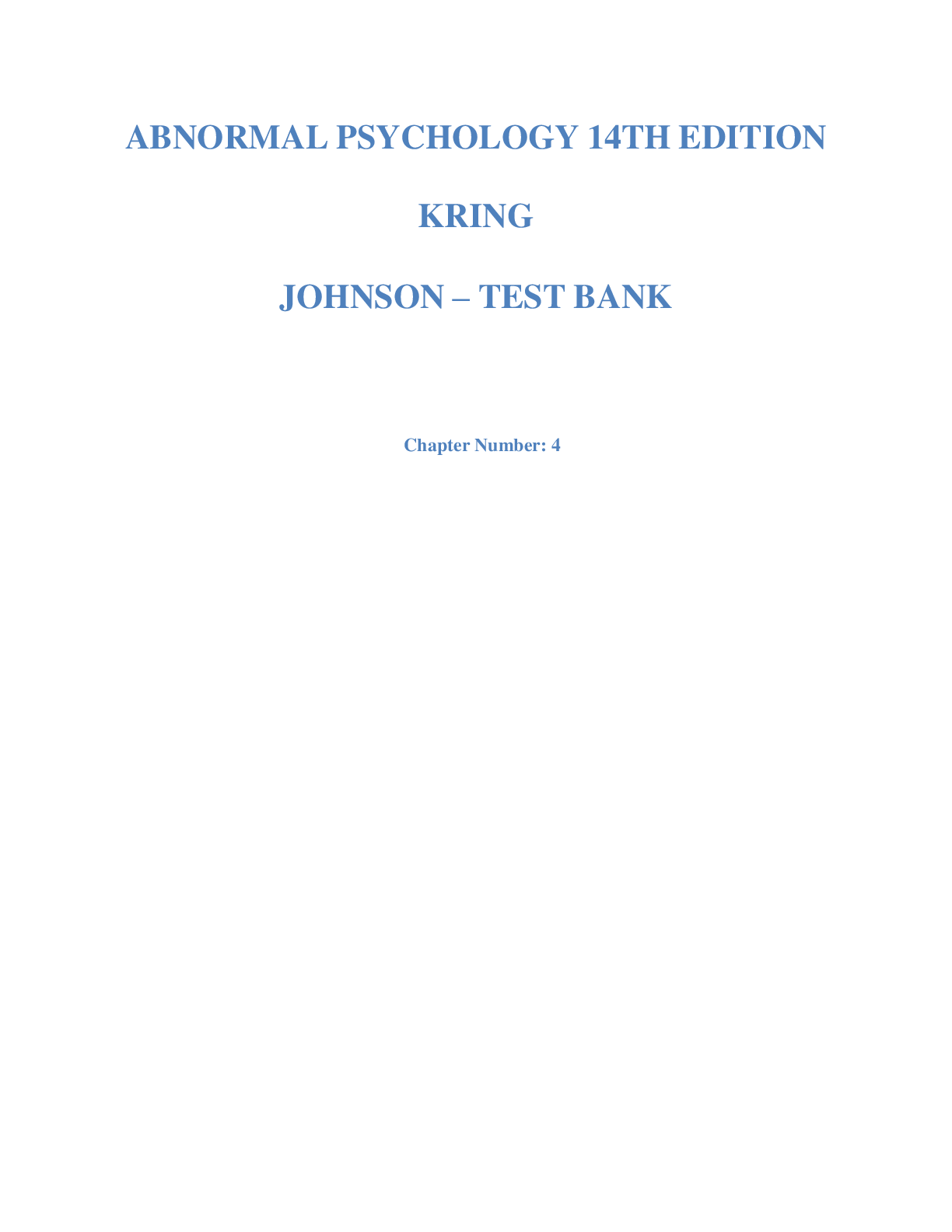

.png)


